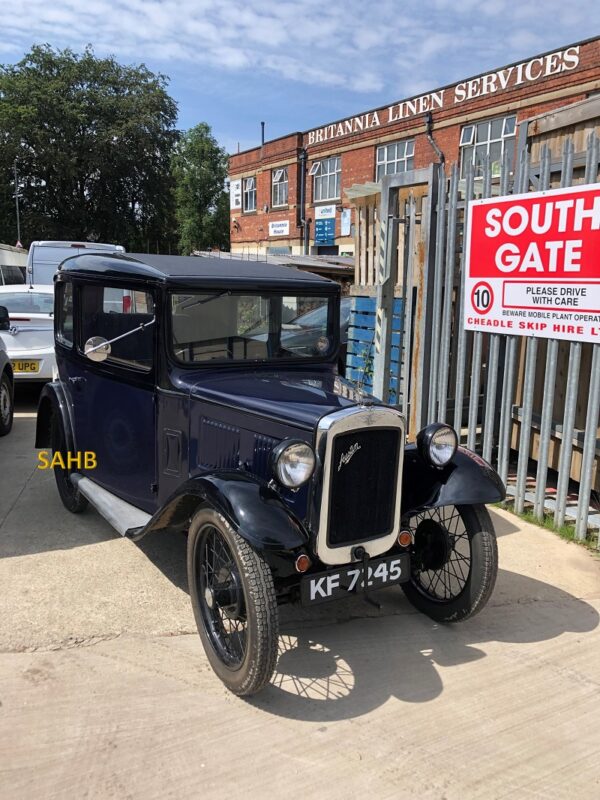
This delightful example of an Austin 7 saloon is proof that considerable driving pleasure is available for a moderate outlay. This may be a tiny car, but it has everything possessed by a much larger machine of the same era.
After World War I, the popularity of motoring for all was fuelled partly by military personnel coming back from the war, where many of them had learned to drive mechanically powered vehicles of all types and sizes. The demand for this kind of mobility at the cheaper end of the market was initially met by motorcycles (with or without sidecars) and cyclecars – but it was the Austin 7 that started the move to small economy cars that had few of the limitations of those other economy vehicles, which were often crude contraptions with very sparse protection from the weather, minimal power and highly suspect brakes.
It has often been claimed that the Austin 7 is no great performer in either speed of braking, but 50mph was plenty for a highly enjoyable drive in the largely empty roads of 1920s Britain. A recent discussion with an aficionado of this model has at least in part explained the unjustified rejection of the Austin 7’s brakes: after World War II the manufacturers of brake linings turned to much harder compounds, suitable for modern cars with brake servos but totally unsuited to un-servoed pre-war brakes. Said expert also pointed out that many 7s had badly adjusted or simply worn-out brakes.
Eventually the enthusiasts worked out a suitable brake lining and made sure that it was reliably available. The brakes are nowadays perfectly adequate with care, and allow relaxed motoring in the old manner. The car in our Snapshot has been totally restored by its owner and is used regularly – not just on high days and dry days.







Leave a Comment